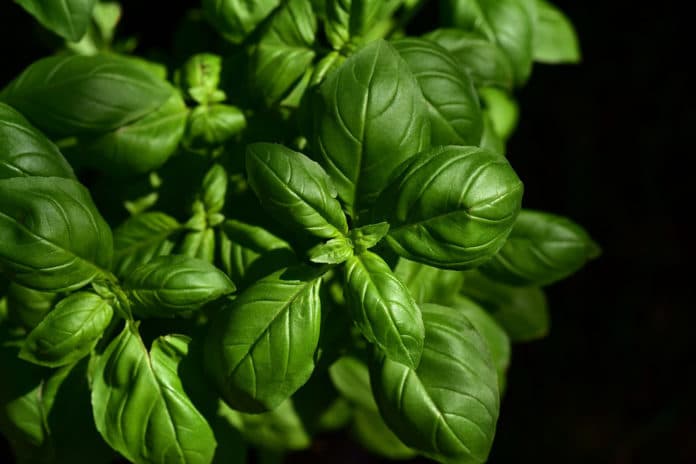Most plants rely on depends on microbes for nutrients they need to grow and reproduce. Although, these microbes differ in how well they do the job.
In a new study, Stanford scientists determined how the plants reward their microbial employees. And the surprising thing they found that the plants nearly follow an “equal pay for equal work” rule while giving resources to partner microbes.
Plants allocate resources to their microbial partners in proportion to how much they benefit from that partnership, suggests the new study.
For the study, scientists gathered and analyzed data from several studies that detail how different plants “pay” their symbionts with carbon relative to the “work” those symbionts perform for the plants – in the form of supplying nutrients, like phosphorus and nitrogen. They found that plants follow the equal pay rule for all microbes, whether high performing microbe or low performing microbe.
Scientists also developed a simple mathematical equation for representing most of the plant-microbe exchanges they observed. The equation was tested against 13 measurements of plant resource exchange with microbe partners. An approximately 66 percent of the variability was detected in the ratio of plant payments to two different microbes.
Kabir Peay, Associate professor of Biology and Senior Fellow at the Woods Institute for the Environment, said, “It’s a square root relationship, Meaning, if microbe B does one-quarter as much work as microbe A, it still gets 50 percent as many resources – the square root of one-quarter.”
It is usually assumed that the plants treat all microbes the same. To reach their final equation, scientists considered the diminishing returns seen in the fertilizer models. They assessed them through the lens of biological market theory literature – which uses human markets as a mathematical analogy for exchanges of services in the natural world.
Peay said, “It turns out if the plant is flush with resources – in this case, the sugars it feeds to its microbes – and if the nutrients are valuable enough, the plant pays its microbes according to a square-root law.”
Brian Steidinger, a former postdoctoral researcher in the lab of Stanford ecologist, said, “The square-root model allows a useless microbe to be fired without the plant losing resources. But, just as in the human world, it takes an investment to hire a microbe, and that initial investment is a gamble that microbial layabouts can consume at their leisure.”
Scientists later turned to the law in psychology- Weber’s Law– to determine why plants follow the square-root model. Weber’s law, also called Weber-Fechner law, relates to human perception, specifically, the relationship between the actual change in a physical stimulus and the perceived change. This includes stimuli to all senses: vision, hearing, taste, touch, and smell.
The law explains that the stronger the stimuli, the worse we are at identifying when it changes. This law has been shown to hold for many non-human animals, describing, for example, how birds and bats forage for food and how fish school.
In this study, this is a good analogy for their plant payment scheme too.
Peay said, “Our model says that plants should go easy on low-performing microbes, seemingly overpaying the 25-percent-as-good microbe with 50 percent as many resources. Well, it’s long been known that humans and non-human animals sense differences in quantity in a way that might bias them towards similar leniency.”
Steidinger said, “I think what we’re seeing is plants behave like animals not because they have the same perceptional limitations – and certainly not because they think like animals – but because we face similar challenges in making the best choices when there are diminishing returns on investment.”
Journal Reference:
- Brain S. Steidinger and Kabir G. Peay. Optimal allocation ratios: a square root relationship between the ratios of symbiotic costs and benefits. DOI: 10.1086/716182
